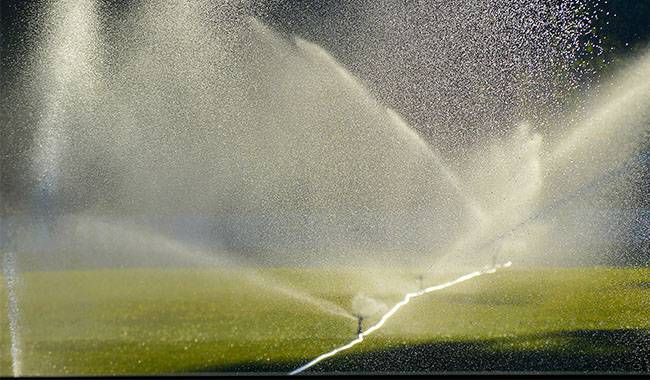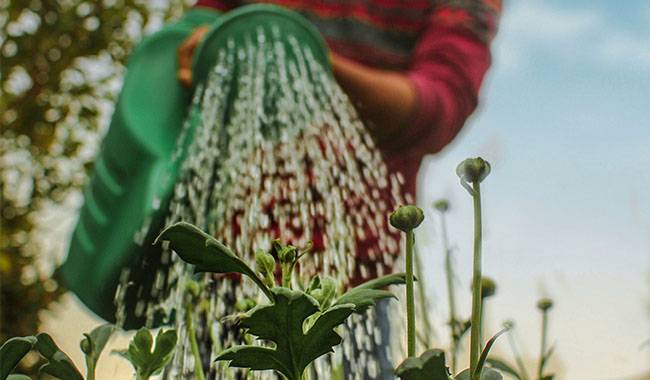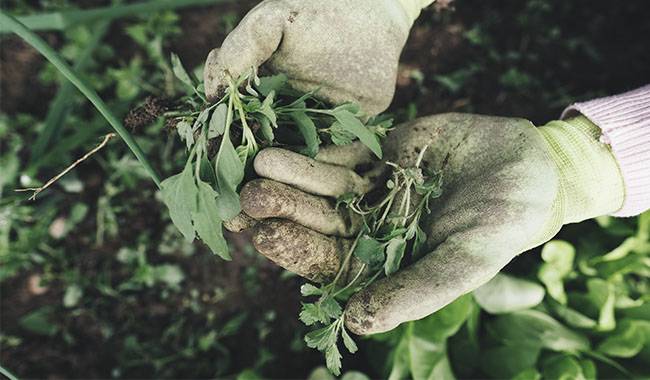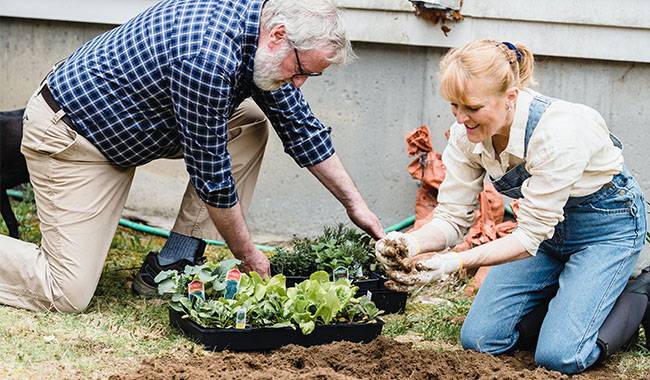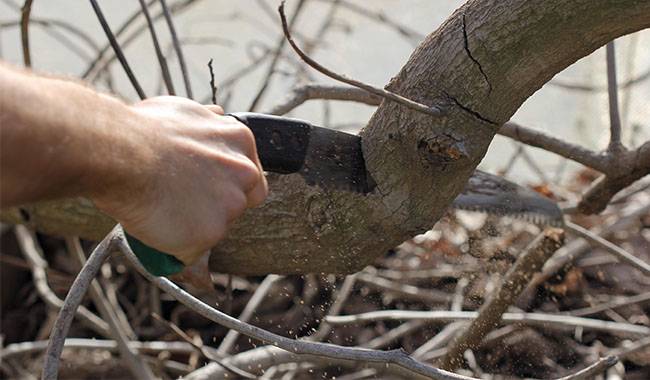
Pruning is a scary word to many people, and some garden owners simply ignore pruning and only remove dry and broken shoots. On the other hand, some people get overzealous about pruning after reading a few articles about it and make a whole bunch of mistakes all at once. And that’s where the mistakes we’re going to discuss today come in. For those who are afraid to handle pruning shears or pruning saws, let them learn from the mistakes of others and avoid their own. In this article, we will examine what mistakes to look for when pruning fruit trees with the website thumbgarden.com.
Mistakes in timing
Let’s start with timing because many people don’t realize that this is actually very important. One simple truth should be firmly grasped: pruning is the earliest spring activity performed in the garden, and the best time to prune is at the beginning of spring, without the risk of frost, but at least a few weeks before the buds open.
If you prune fruit trees in the winter in our colder regions, the severe frosts that immediately follow pruning can damage exposed plugs and bark, even the bark around the plugs.
As for the exact timing of spring pruning, it depends largely on the conditions of a given year. For example, the best time to prune is February-March (the best time to prune fruit trees is late winter to early spring when there is the least impact on winter hardiness and tree health), when snow usually settles but does not melt completely and pruners are comfortable moving over their surface without getting bogged down.
But whenever you start pruning, as we said, it is important to finish pruning at least a few weeks before the sap starts to flow actively. During the germination season, which usually begins when the daily average exceeds a certain temperature, the roots begin to actively supply water and the minerals dissolved in it to all the organs and tissues of the plant through the woody vessels.
If pruning is completed 10-15 days before sap formation begins, i.e. the cut is kept dry after pruning, the vessels will fill with an air almost immediately and it will block them like a cork, preventing the release of sap. With this in mind, pruning can, in principle, be done later, i.e. not two weeks before the sap starts to flow, but, for example, a few days before. However, it is sometimes difficult to determine the exact start date, so it is said to be easier to play it safe.
On the other hand, if pruning is done later when the vessels are already actively feeding, no air enters the vessels, and sap flows out. The loss of sap will cause the plant to starve and the sweet liquid will become bait for various pests and diseases, such as mildew. By settling on shoots, the sooty fungus causes bark stomata to be blocked, reducing air exchange and making the tree less winter hardy.
Pruning beyond the recommended period should only be done if inaction would have more negative effects on the plant, for example, if a large branch is broken by a strong gust of wind, its further swinging and breaking will only cause more serious damage due to bark scratches. If pruning is needed during the winter, for example, when a branch may break due to excessive snow accumulation, wait for the first thaw.
Cutting in frosty weather is dangerous because the wood is quite brittle at this time of year and the saw will not cut it but split it, which can lead to burrs and damage to the deeper layers of wood.
However, if a thaw is not expected in the near future and a cut is urgently needed, try to leave a stump about 4 inches (10 cm) long on the branch to be removed when pruning. Then all frost damage and further freeze damage due to frost cutting will only negatively affect this part of the branch you left behind. This part can then be safely removed in the spring.
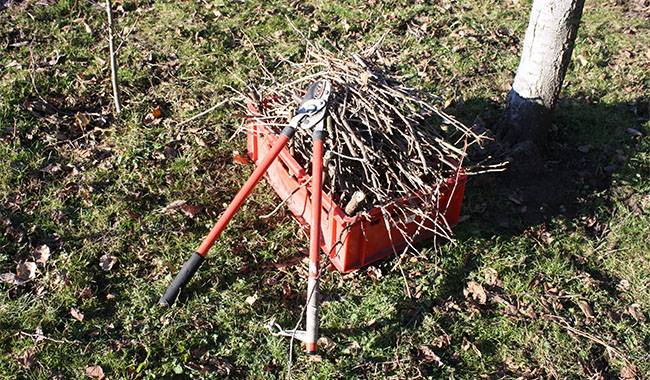
Wrong regularity of pruning
It’s simple: gardeners, especially beginners, usually neglect (prune) fruit trees for a long time. This may continue for several years until the trees start to bear fruit, or even longer.
Over time, owners of fruit tree plots notice that the plants are often sick, have poor harvests, and don’t look neat. They begin to prune heavily and use all the pruning techniques they know. Here’s the mistake: neglected trees, accustomed to growing as they please, start from such actions or get sick, further hindering their development, or grow a lot of wolves – vertical, thick shoots that pull in most of the nutrients they don’t give to the fruit.
The truth is, however, that you should start pruning regularly from the first year you plant seedlings on your plot. If you get a neglected tree, prune it in stages, removing about one-third of the shoots each year so that you don’t put too much stress on the plant.
Stumping is also a mistake
When pruning, you should always make “circular” cuts, i.e., give the tree a chance to repair the wound with its own bark. Even if the wound is large, it will actively form a roll of bark around its edges, which prevents the area left at the cut from rotting.
If you saw off a branch, leaving a stump, usually 1-2 inches (2.5-5 cm) long, it is almost guaranteed that the bark around it will begin to rot. The only exception to this may be forced cutting in frosty winter weather, the benefits of which we have described above, and only in this case (again, the exception), you can leave the stump.
Later, if we leave the stump in the spring, the bark begins to rot around it, spores of various harmful fungi can “settle” in the garbage left by the bark, and various pests can stay in the winter, or the dreaded enemy of any tree – bark beetles can settle in it. In any case, the stump left behind when pruning will not do any good, and eventually, the entire base of the knot you left behind may die. But these are the visible changes, along with those that are invisible.
So the stump on the left will visibly interfere with nutrient runoff from the root system, and the tree will weaken even more and begin to reject the stump (usually part of the wood), which will result in the appearance of a cavity that is already an open door for trutovik fungus (Laetiporus sulphureus) and black cancer.
If a once large branch is left stumped after pruning, it usually does not die, but sprouts strong vertical shoots from dormant buds – wolves, which suck up a lot of nutrients and put them only into their own growth, not forming flower buds and therefore no fruit.
Do you need all this trouble? We don’t think so, they can all be avoided by “ring-cutting” the branches completely.
Do not as well as unnecessarily cut the young growth
As you often see: budding gardeners cut branches here and there (in a haphazard way, where necessary). This pruning is completely unnecessary for the tree. It is especially dangerous to prune off the tops of trees when they are actively growing. What happens when you do this? By shortening such shoots, you are actually preventing them from growing taller, which leads to the formation of several spikes, instead of the shoots that are now forced upwards and will actively grow taller, effectively taking all the nutrients from the lateral shoots.
If you prune “young growth” because you want to widen the canopy and make the skeletal limbs stronger, you will need to remove the center pivot. This simple process will shift the growth to the first strongest lateral branch. Next, you need to control the condition of the crown, simply do not allow the development of new guide buds, by pruning or bending back the vertical branches, which in this state will actively start to bear fruit, which is no problem for us.
Heavy pruning is also a mistake
This is almost the most common and widespread mistake. Gardeners are sometimes overzealous in pruning and shortening, pruning very hard. By doing this, you are actually pushing the crown section of the tree as low as the branches themselves. Obviously, in this case, the uppermost bud will be considered the top bud, and the two closest buds will be the strongest.
Let’s simulate this situation: you cut a bud short by, say, four buds. What does this mean? You have left the plant with only one growing area, and it will suck up all the nutrient solutions. This means that you have increased the growth by pruning and all the branches now become one main branch. If you cut it back a year later, it will be stronger and form a real bundle of fat shoots, which can only be corrected by expanding it. On the other hand, if you prune it more loosely to begin with, you will not be making a bundle, but a branch with bunches of fruit.
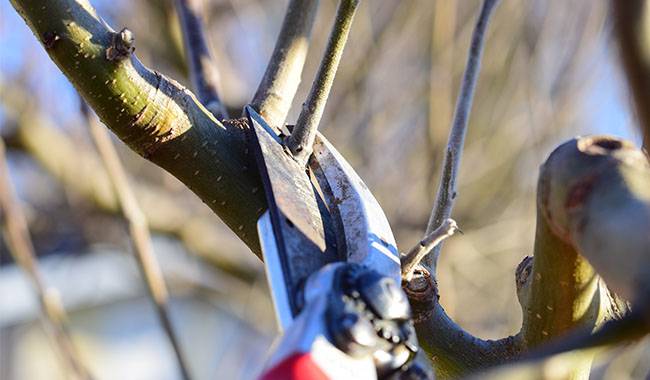
Bark scratches – the effect of cutting large branches incorrectly
It is not uncommon for gardeners to have to cut large, powerful branches. Such a branch is sometimes impossible for one person to hold with one hand. As a result, it breaks off, creating a large bark scrape that is then difficult and time-consuming to repair. So, how do you saw through a large branch? To reduce the weight of the branch, we recommend first cutting off as many side branches as possible.
Then step back about 8 inches (20 cm) from where you want to cut the branch into “rings”, file it down to about half of the bottom, and then make a felling cut close to the trunk, but starting from the top. This way, the branch will break as expected (in a controlled manner) without the bark getting burnt. All you have to do is cut the rest of the “stump” into a “ring”.
Abandoned sharp corners
Sharp corners are often left behind out of ignorance. A branch seems to grow comfortably, not getting in anyone’s way, not blocking anything, so what if the angle is 30 degrees? That’s not a good thing, really. The best angle for a shoot to leave the trunk should be between 45 and 90 degrees, anything less is abnormal.
Later, when the shoot will grow, thicken and gain weight, primary cracks will appear and the shoot will fall right off the trunk or other branches. This will create a large break in the branch, which will be an open portal for infection and a serious problem that is very difficult to repair.
Sharp branches should be dealt with as early as possible, by removing them by “cutting them into rings”. Even if the fruit tree grows a second branch above the grafting point, this branch will essentially become a second trunk as time goes on and should be removed as soon as possible. If you hesitate to cut it down, it will flower and bear fruit for a few years, but then, from slightly stronger than usual gusts of wind, it will break off in such a way that even branch bundling may not help.
Do not apply the cuttings in a moist place
The final rule for using garden varnish. Many people are in a hurry and use garden varnish to coat the cuttings immediately after pruning. The truth is, you shouldn’t do this. Neither the garden wax nor the paint will stick to a wet cutting surface. You should wait about 24 hours to allow the cut surface to dry and then seal it with mastic or garden varnish.
These are the basic mistakes you can make when pruning; if you don’t make them, your trees will develop well and give you high and steady yields.




